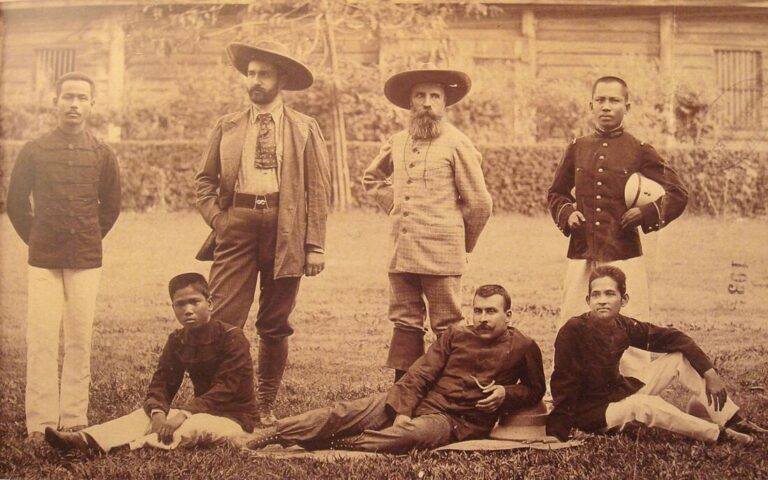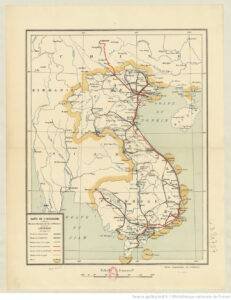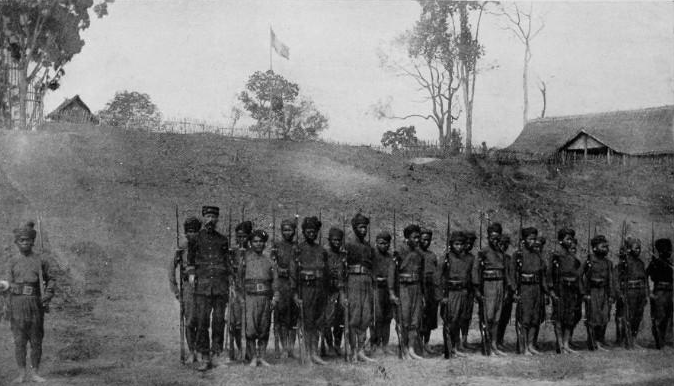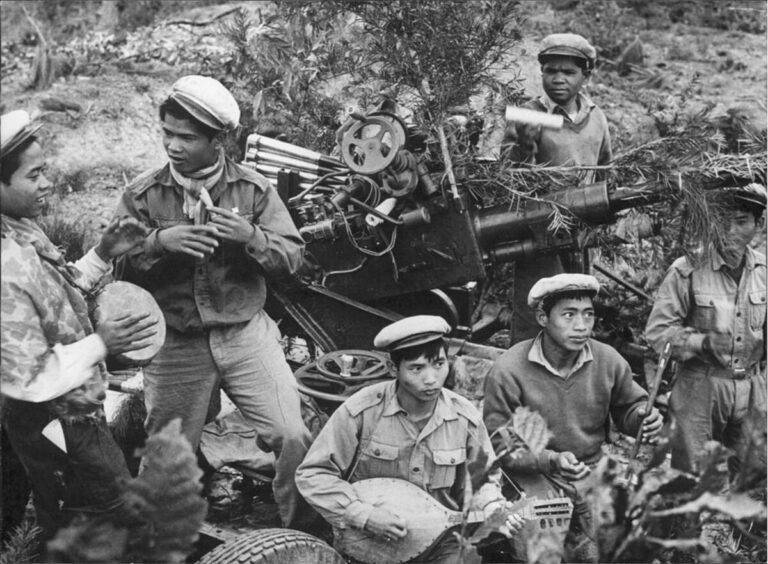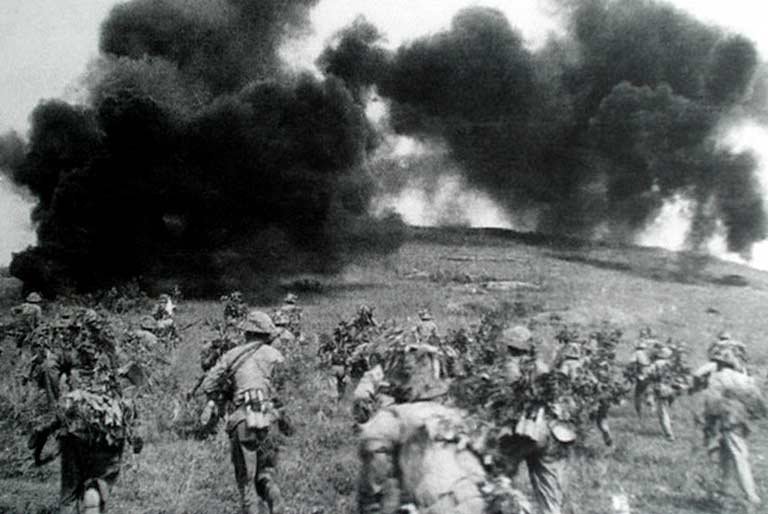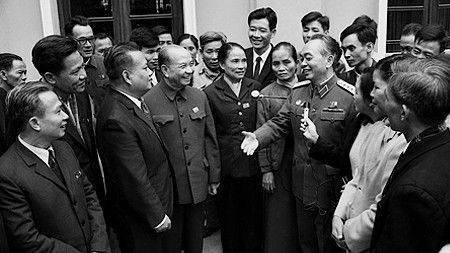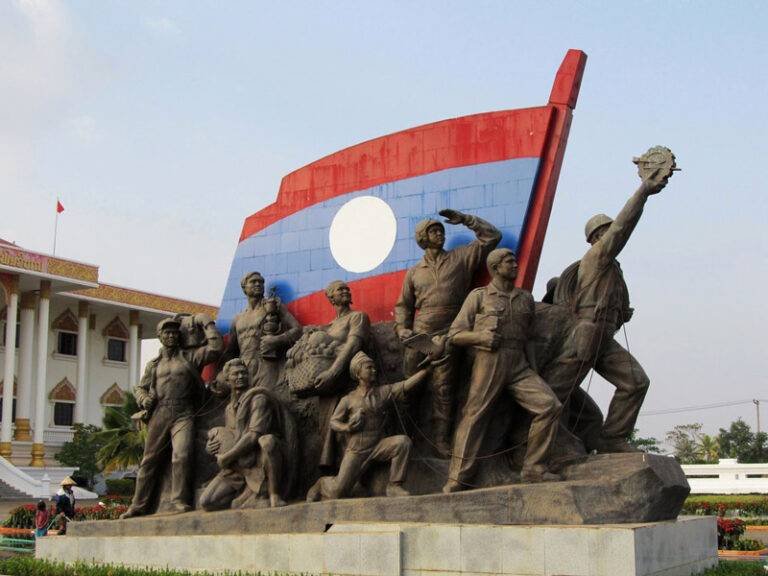The History of Laos: 1850 to Present
Introduction
Laos, a landlocked country in Southeast Asia, has a rich and complex history shaped by regional influences, colonial rule, conflicts, and modern development. From its status as a kingdom in the 19th century to its present role in the global community, Laos has undergone significant political, social, and economic changes. This essay explores the history of Laos from 1850 to the present, examining key events and transformations that have defined the nation.
The Kingdom of Luang Prabang and French Colonization (1850-1893)
By the mid-19th century, Laos was divided into several small kingdoms, the most prominent being the Kingdom of Luang Prabang, the Kingdom of Vientiane, and the Kingdom of Champasak. These regions were under constant threat from neighboring powers, particularly Siam (modern-day Thailand) and Vietnam.
In the 1850s, Laos was under the influence of Siam, which had exerted control over the Lao territories through tributary relationships. However, European colonial ambitions in Southeast Asia soon altered the region’s political landscape. The French, seeking to expand their influence in Indochina, gradually asserted control over Laos. In 1893, following conflicts between Siam and France, the Treaty of Bangkok was signed, and Laos officially became a French protectorate under the French Indochina administration, alongside Vietnam and Cambodia.
French Colonial Rule (1893-1953)
Under French colonial rule, Laos remained relatively underdeveloped compared to Vietnam and Cambodia. The French primarily used Laos as a buffer zone against Siamese expansion rather than a major economic center. Infrastructure development was minimal, and economic activity was limited to small-scale agriculture and forestry.
Despite French control, resistance to colonial rule grew. Lao national identity started to form as educated elites sought greater autonomy. During World War II, Japan temporarily occupied Laos, weakening French authority. The Lao Issara (Free Laos) movement was founded in 1945 to resist foreign rule and advocate for independence.
Throughout the early 20th century, the French administration attempted to modernize Laos by building roads, schools, and hospitals, but these efforts were largely inadequate compared to neighboring colonies. The introduction of cash crops such as coffee and rubber created economic opportunities but also led to exploitation of local labor. Political awareness increased among the Lao elite, fostering nationalist sentiments that would later contribute to demands for independence.
Independence and Political Turmoil (1953-1975)
Following World War II and the decline of European colonialism, Laos gained independence from France in 1953. However, independence did not bring stability. The country soon became embroiled in Cold War conflicts, as different factions vied for power.
Three main political groups emerged: the Royal Lao Government (backed by Western powers), the Pathet Lao (a communist faction supported by North Vietnam and the Soviet Union), and neutralists who sought a middle ground. The struggle for control intensified, leading to the Lao Civil War (1959-1975). During this period, Laos became heavily involved in the Vietnam War, as the Ho Chi Minh Trail—an essential supply route for North Vietnamese forces—ran through the country. As a result, Laos suffered extensive bombing by U.S. forces, making it one of the most heavily bombed nations in history.
The bombing campaign, known as the “Secret War,” devastated Lao villages, infrastructure, and agricultural lands, leaving lasting scars on the population. Many Lao people were displaced, and unexploded ordnance (UXO) remains a significant issue to this day, posing dangers to rural communities and hindering economic development.
The Establishment of the Lao People’s Democratic Republic (1975-Present)
In 1975, following the fall of Saigon and the withdrawal of American support, the Pathet Lao seized control of the government. The Lao People’s Democratic Republic (Lao PDR) was established as a socialist state under the leadership of the Lao People’s Revolutionary Party (LPRP). The monarchy was abolished, and the new government aligned itself with the Soviet Union and other communist nations.
In the early years of the Lao PDR, the government implemented socialist policies, including land collectivization and centralized economic planning. However, these policies led to economic difficulties, prompting reforms in the 1980s. In 1986, the New Economic Mechanism (NEM) was introduced, transitioning the country toward a market-oriented economy while maintaining political control under the LPRP.
Political repression marked this period, with strict limitations on dissent and opposition. Many members of the former royalist and neutralist factions were imprisoned or sent to reeducation camps. Thousands of Lao citizens fled the country, resettling in Thailand, the United States, France, and other countries.
Economic Growth and Modern Development (1990s-Present)
Since the 1990s, Laos has experienced economic growth, driven by trade, foreign investment, and infrastructure projects. The country became a member of the Association of Southeast Asian Nations (ASEAN) in 1997 and joined the World Trade Organization (WTO) in 2013. Hydropower, agriculture, and mining have been major sectors contributing to economic expansion.
Despite economic progress, Laos still faces challenges, including poverty, limited infrastructure, and environmental concerns. The construction of large dams on the Mekong River has sparked debates over sustainability and ecological impact.
The government has maintained a one-party system with limited political freedoms, although some economic liberalization has taken place. Corruption and lack of transparency remain issues, but foreign aid and investment continue to drive growth in key sectors such as tourism and manufacturing.
Socioeconomic and Environmental Challenges
While Laos has made progress, significant challenges remain. The country continues to deal with the aftermath of the extensive bombing during the Vietnam War, with unexploded ordnance (UXO) posing risks to rural populations. Programs to clear UXO have been ongoing, supported by international aid, but the issue remains a major impediment to development.
Deforestation and environmental degradation due to hydropower projects, mining, and illegal logging threaten biodiversity. The government has faced criticism for prioritizing economic growth over environmental conservation. Additionally, human rights concerns, including restrictions on freedom of speech and press, continue to be raised by international organizations.
Future Prospects
As Laos continues to develop, balancing modernization with sustainability and political stability remains a crucial challenge for the nation’s future. Economic policies aimed at reducing poverty and improving infrastructure will be vital for long-term stability. Additionally, increasing regional integration through ASEAN and partnerships with neighboring countries could enhance trade and development opportunities.
The future of Laos depends on how it navigates its economic ambitions, political governance, and environmental responsibilities. By learning from its complex past, Laos can work toward a more inclusive and sustainable future.
Conclusion
From a fragmented kingdom in the 19th century to a modern developing nation, Laos has undergone significant historical transformations. The country’s journey through colonial rule, war, and economic reforms has shaped its identity in the contemporary world. While challenges remain, Laos has the potential to continue its development and strengthen its position in the global community.
